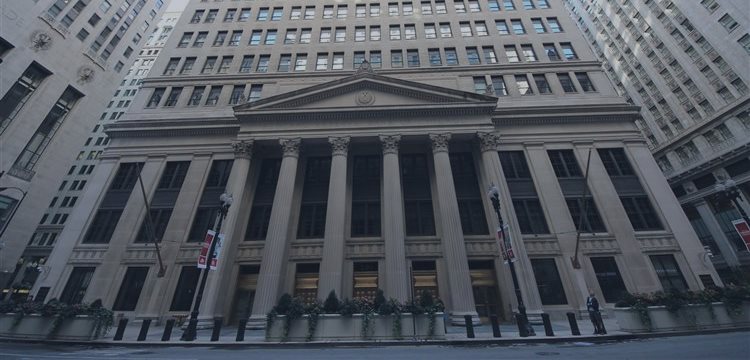After one year of too-slow price gains and another two years of falling prices, this month Sweden's central bank was forced to cut interest rates into negative territory in addition to announcing its intention of buying government bonds.
Critics said the surprising move came too late and could have been avoided altogether had the bank acted sooner. In the four years leading up to the historic stimulus, the central bank's board had bitter debates over the need to cut interest rates, leading to the resignation of Deputy Governor Lars E.O. Svensson.
Analysts say, even though the economy rapidly plunged into deflation, the Riksbank started raising interest rates too soon, then cut rates too slowly. The Riksbank was once considered the world's state-of-the-art inflation-targeting central bank, says Bloomberg. But as the deflation neared, its credibility has been damaged.
U.S. policy makers want to raise interest rates this
year, while currently the Fed's policy rate is at zero, where it has been since
December 2008.
What is disturbing here - officials have missed their 2 percent inflation target for 32 months, and aren't likely to get back there anytime soon. Fed keeps saying that as the unemployment rate falls inflation should move back to the target.
Coming back to Sweden, central bank Governor Stefan Ingves was also believing that prices would soon rise, but they did not, and that more aggressive stimulus would further fan an emerging housing bubble. Price gains in Sweden slowed from 3 percent to 1 percent over the course of a single year, only to decelerate further and actually start declining by late 2012.
Minutes of January's Fed meeting indicated an intense discussion about the course of inflation in the U.S. and the risks of raising interest rates too early, - the sign that Fed officials might have learned Sweden's lesson.
"An earlier tightening would increase the likelihood that the committee might be forced by adverse economic outcomes to return the federal funds rate to its effective lower bound," the Fed minutes said.
At the same time, there are some important differences between the U.S. and
Sweden:
1) The U.S., at least as of now, is still seeing price
gains.
2) There is a more strengthening labor market and not so much concerns about fueling asset bubbles - even though some policy makers have been quite vocal about their concerns about excessive risk-taking in some sectors.



